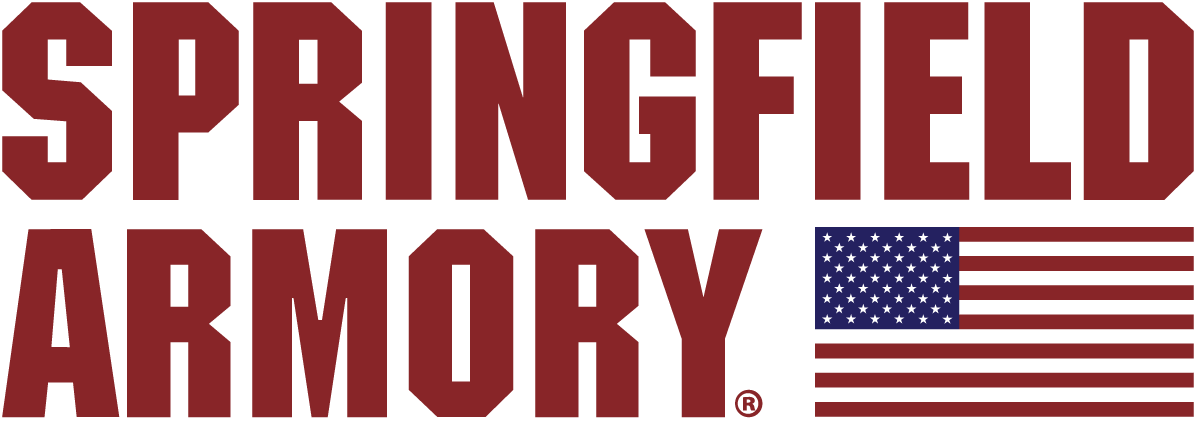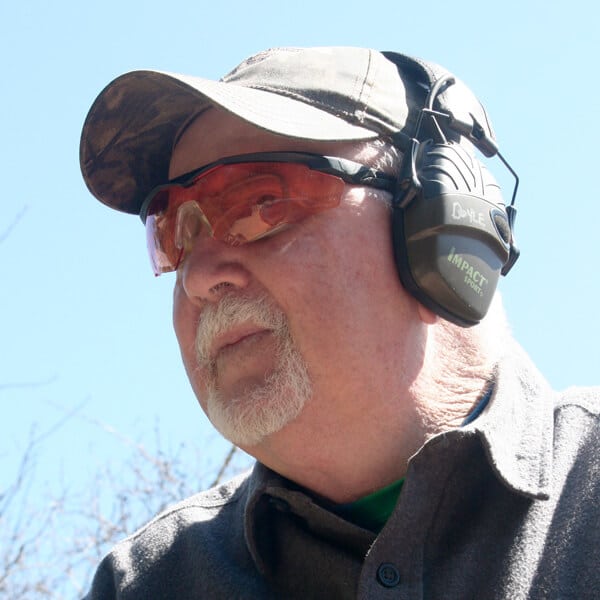Don’t Make This First-Time Gun Owner Mistake
August 22nd, 2024
7 minute read
Taking up a firearm for personal defense is serious business. To succeed in this endeavor requires a great deal of thought and preparation. For years I have described four critical areas that must be addressed to become competent with a firearm. I simply call them The Priorities, and each plays an important role in preparing you for the possibility of a lethal encounter.
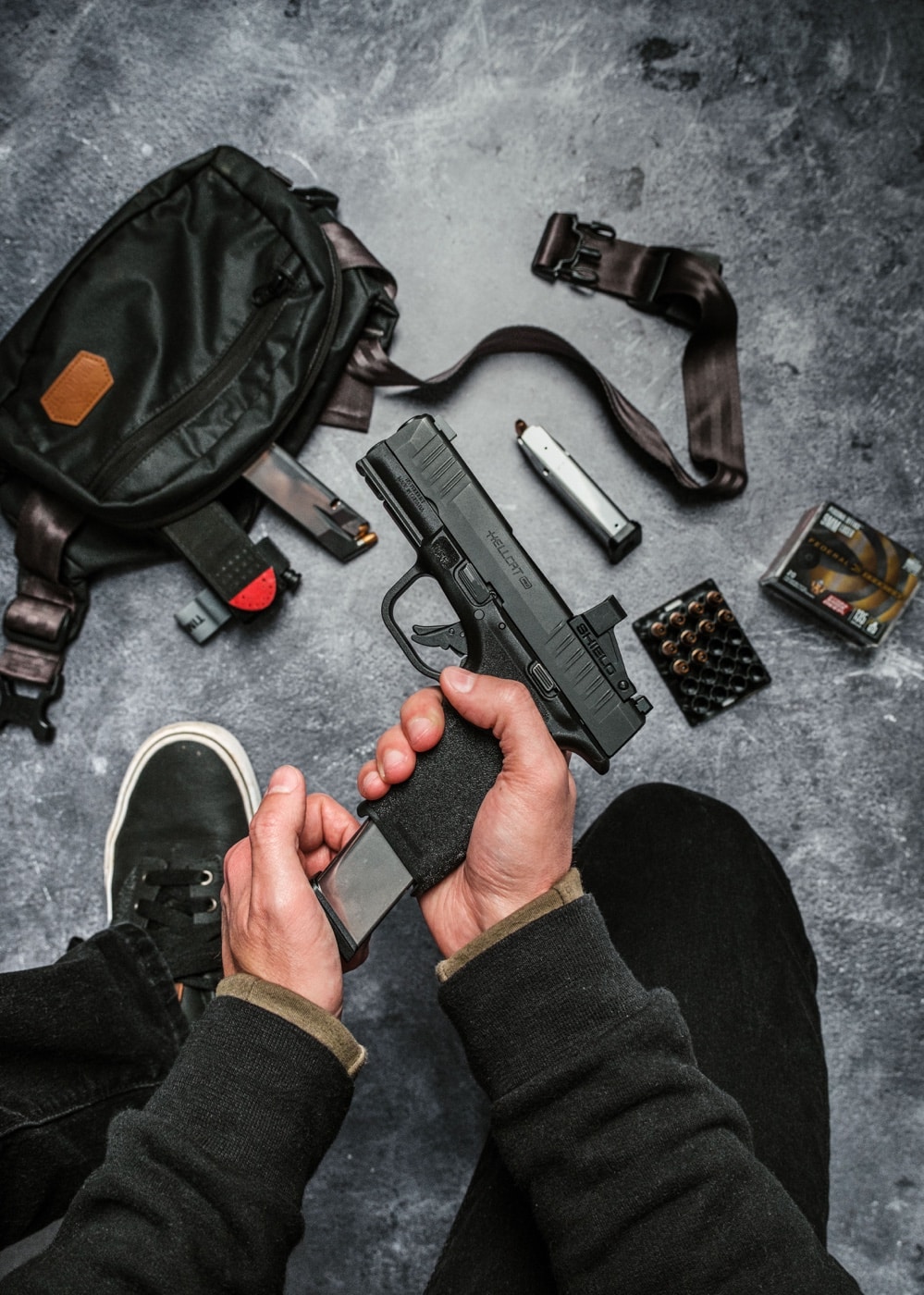
The Priorities include mental preparation which consists of an intimate knowledge of the law as it relates to use of force and developing a winner’s mindset. Other critical elements include the ability to apply basic tactics, a command of practical marksmanship, and having the right gear. Having all your ducks in a row relative to The Priorities greatly enhances the likelihood of success.
While all these are important, this discussion will focus on selecting a pistol for personal defense.
Quite frankly, this is where it all begins for most people who have taken an interest in controlling their own destiny. They buy the gun first and only then consider how they might get competent with it.
Selecting a firearm for personal defense can quickly put you into sensory overload. Unfortunately, friends, relatives and even the guy behind the counter at the local gun shop may not always lead you down the right path. But with a little thought on exactly what your needs might be, you may very well arrive at the right decision with little fuss.
Avoid the Pitfalls
To get the ideal gun for personal defense, first consider how this new firearm might be utilized. Is it for home/vehicle defense, or something you would conceal on your person while going about in polite society? For home defense, a service-size pistol is not a burden but may prove to be too large and heavy for discreet carry. Hand size and body type are other elements that need to be considered.
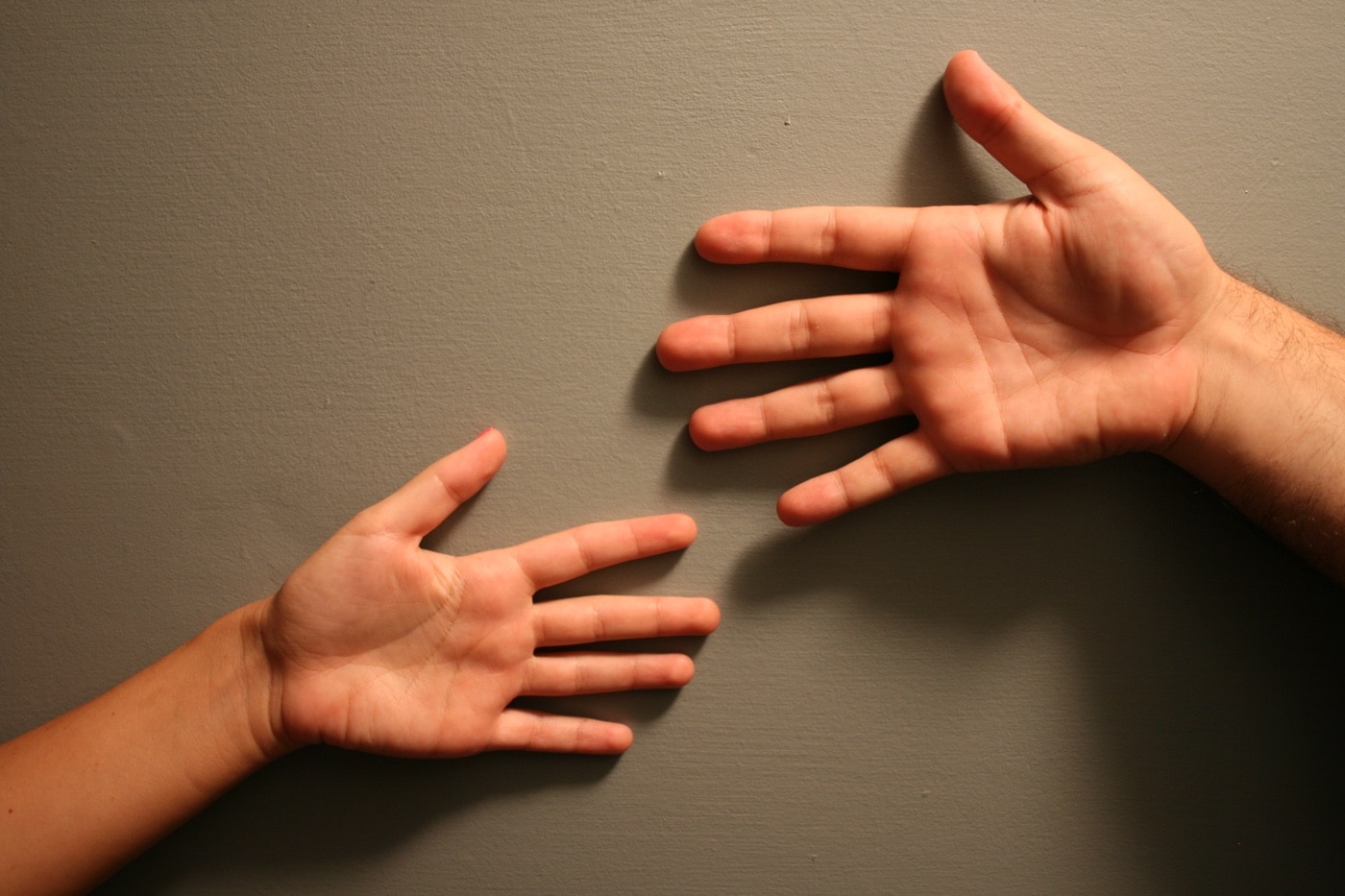
If you want a double-stack magazine pistol, be sure that the grip circumference is acceptable for you. On the flip-side, small sub-caliber pocket pistols have sometimes been recommended for folks with smaller hands, particularly women.
I would be hard-pressed to think of a worse choice. Those little pocket poppers have a short sight radius, poor sights and are very difficult to shoot to a high standard. Compounding the picture is that they are typically chambered for ineffective cartridges that are less than optimum for personal defense.
Caliber Considerations
With that said, I strongly feel that any handgun selected for personal defense should be chambered for a service cartridge. As for me, my power floor begins with cartridges such as the .380 ACP and 9mm, a pair of grey beards that have been around for a very long time.
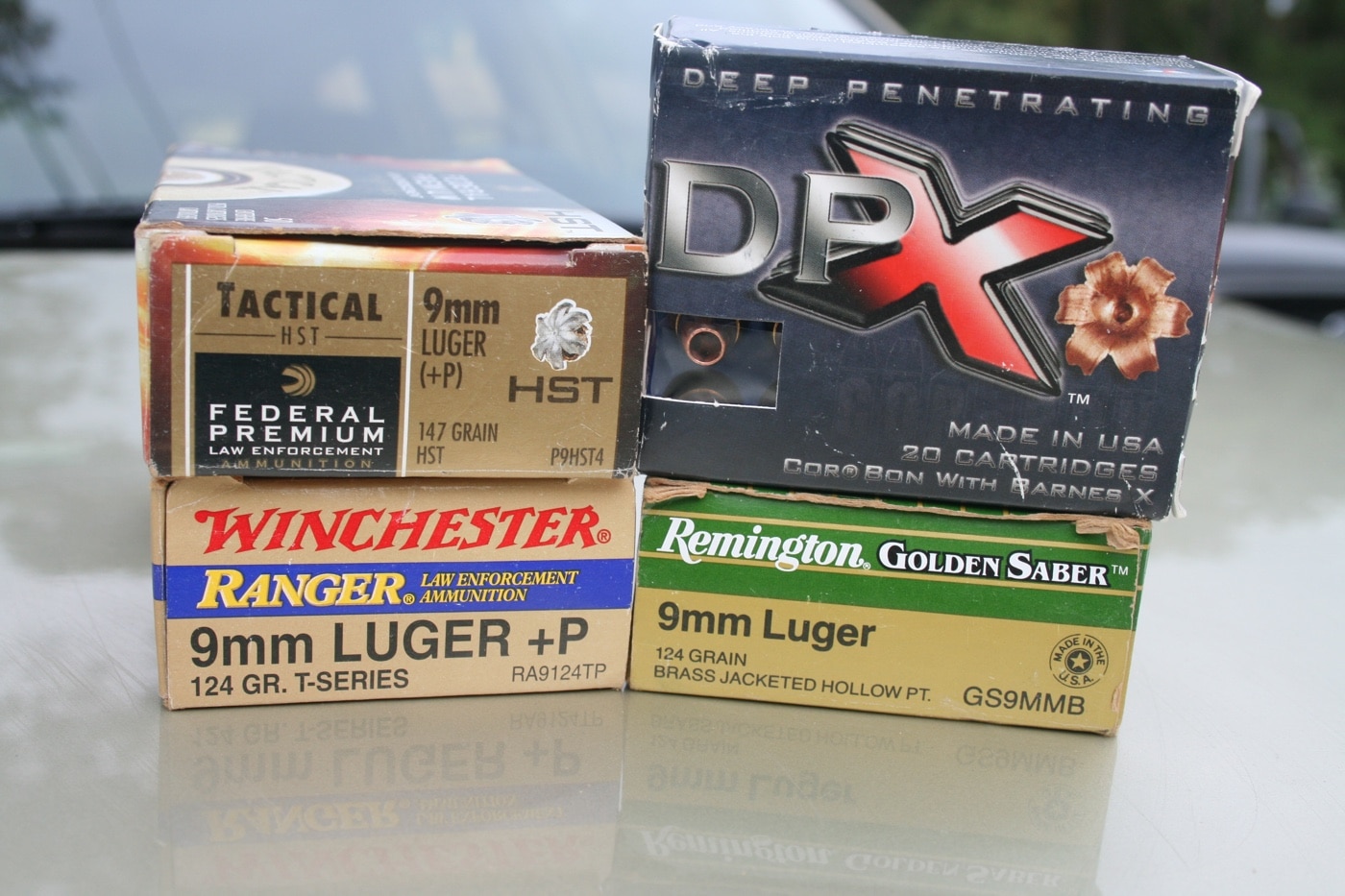
With high-quality ammunition, performance of the 9mm in a semi-automatic pistol is very good and gives up very little to the larger calibers. Best of all, felt recoil and muzzle flip are easily managed even in smaller pistols commonly used for concealed carry.
Actionable Arms
Another consideration might be action type of the pistol you choose. A generation ago, traditional double-action pistols ruled the roost, but now striker-fired pistols dominate.
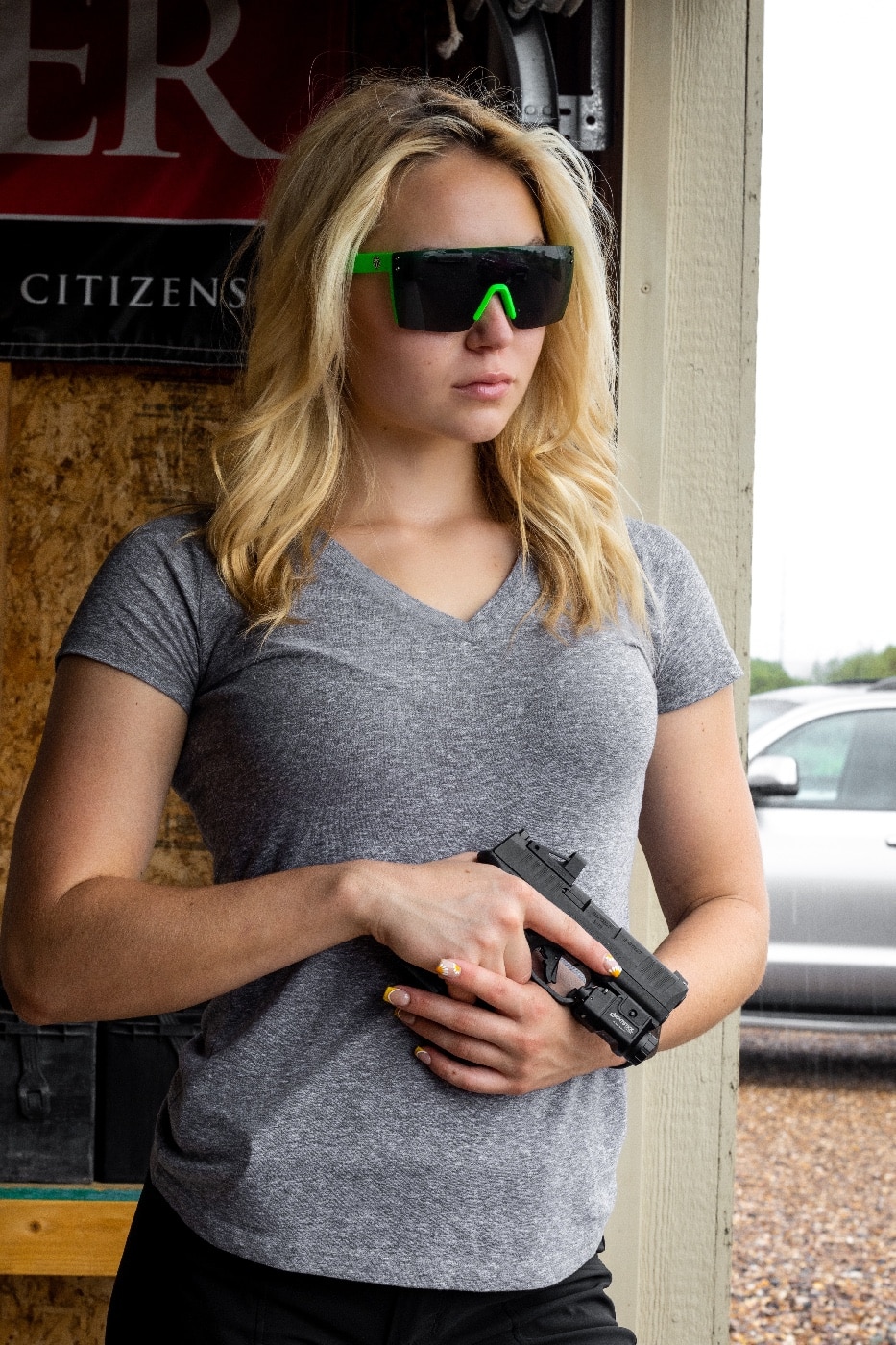
Double-action semi-auto pistols feature a long heavy pull for the first shot and a short, light, single-action pull for subsequent shots. While a committed shooter can easily master a traditional double-action trigger, the manual of arms is indeed more complicated, particularly for the infrequent user. In my experience, the learning curve with striker-fired pistols isn’t quite as steep. They have the same trigger pull for every shot.
Single-action pistols such as the classic 1911 are yet another possibility, and indeed a viable choice provided one puts in the time to train. Again, the manual of arms is a bit more involved than a striker-fired gun. As much as I like 1911 pistols, I recognize that they are not the best choice for everyone unless they are willing to make a commitment to training.
The Goldilocks Factor
A great many shooting ranges allow users to rent a pistol. Taking a few different types out for a quick test drive can give one a much better idea of what might suit best. How does it feel in the hand? Are the controls easy to reach and manipulate? Also, consider felt recoil and muzzle flip. Is this pistol controllable when firing at speed or with one hand only? By trying out and comparing a few different pistols, you will have a much clearer picture of what works for you.
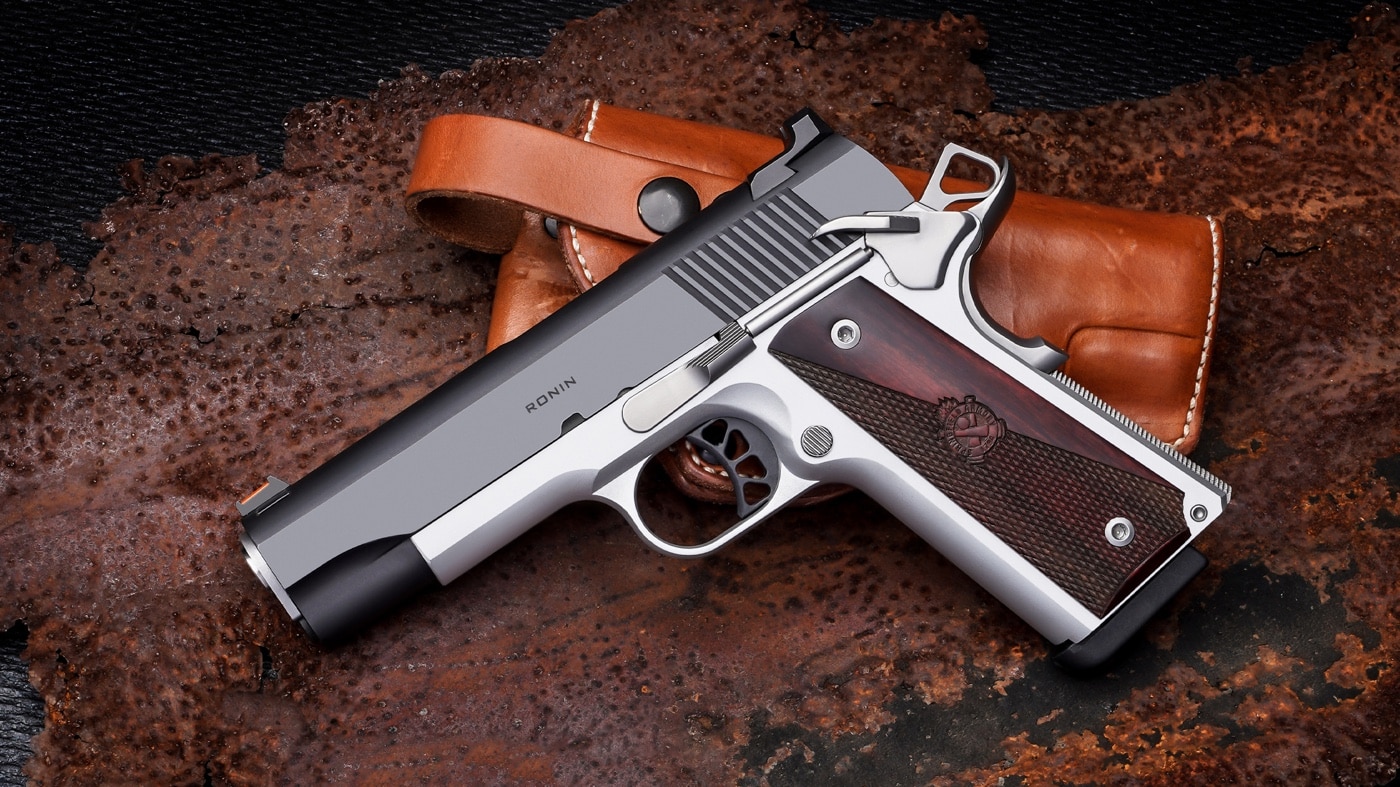
Certainly, cost will figure into the equation, and this is not an area where you want to cut corners. The good news is that there are some excellent pistols out there at relatively modest prices. This is particularly true of the new breed of striker-fired, polymer-frame pistols, which are extremely durable and reliable as the proverbial Maytag washer. From a performance standpoint, these pistols give little or nothing up to the high-end custom jobs which cost as much as a good used car. Pistols like the Echelon and the Hellcat series are excellent options.
As indicated earlier, the role in which your pistol is utilized is another dimension to be considered. Size and weight are non-issues for a gun that might be used solely for home defense. Although you can discreetly carry a full-size service pistol with the right holster, belt and covering garment, most folks prefer something smaller and lighter for everyday carry. Like many things in life, this is where the art of compromise comes into play.
Generally, I would suggest that you carry the largest pistol you can comfortably and discreetly. It might come down to a micro-compact. But if you can get away with something just a tad larger, by all means go for it. Smaller, lightweight pistols can be more difficult to shoot to a high standard. And you do need to shoot a lot and practice! If you are not able to meet your expectations in practice because your pistol is uncomfortable to shoot, you will become discouraged and will never be able to be at your best.
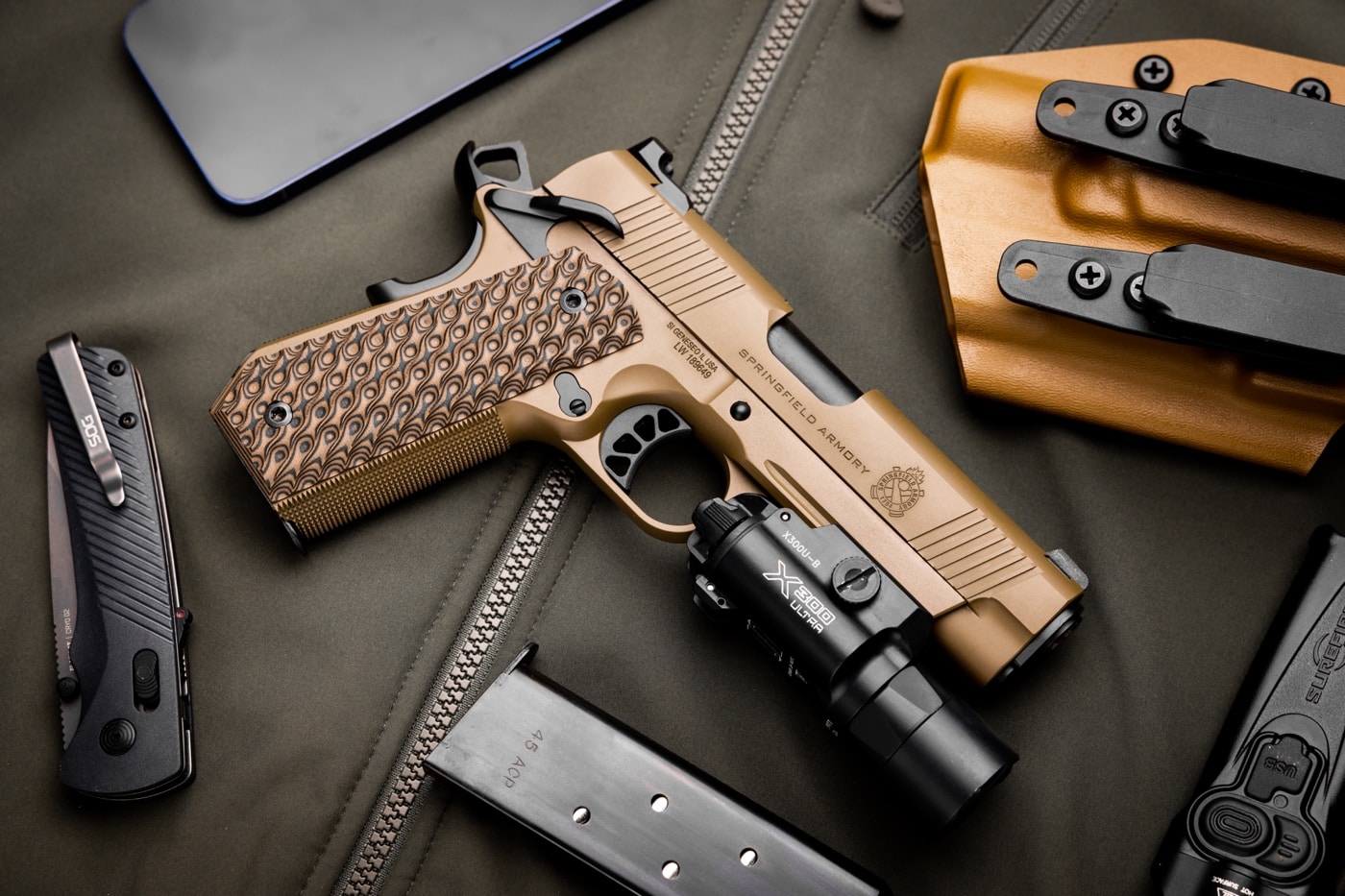
Like Goldilocks, you want to find the pistol that is “not too big, not too small, but just right”. I live in the Northeast of the U.S. where a covering garment is worn pretty much three seasons of the year, and concealing a medium-size pistol isn’t especially difficult. For me, a Springfield Armory Ronin 1911 4.25 inch 9mm is a perfect fit. Truth be told, I don’t have to go to the office, so wearing loose casual clothing helps my cause.
Another viable choice would be one of the fine pistols from the Hellcat family. These pistols have proven to be very popular and boast a generous magazine capacity, yet can accommodate shooters with smaller hands. The Hellcat Pro Series may in fact be the pick of the litter if you ask me. Slightly larger than the original Hellcat micro-compact, the Hellcat Pro gives up little to larger pistols performance-wise, yet is easy to conceal.
The Right Stuff
Picking the right pistol to suit your needs and lifestyle goes a long way in ensuring your personal safety. It should not be a burden to carry, nor should it bite the hand that feeds it.
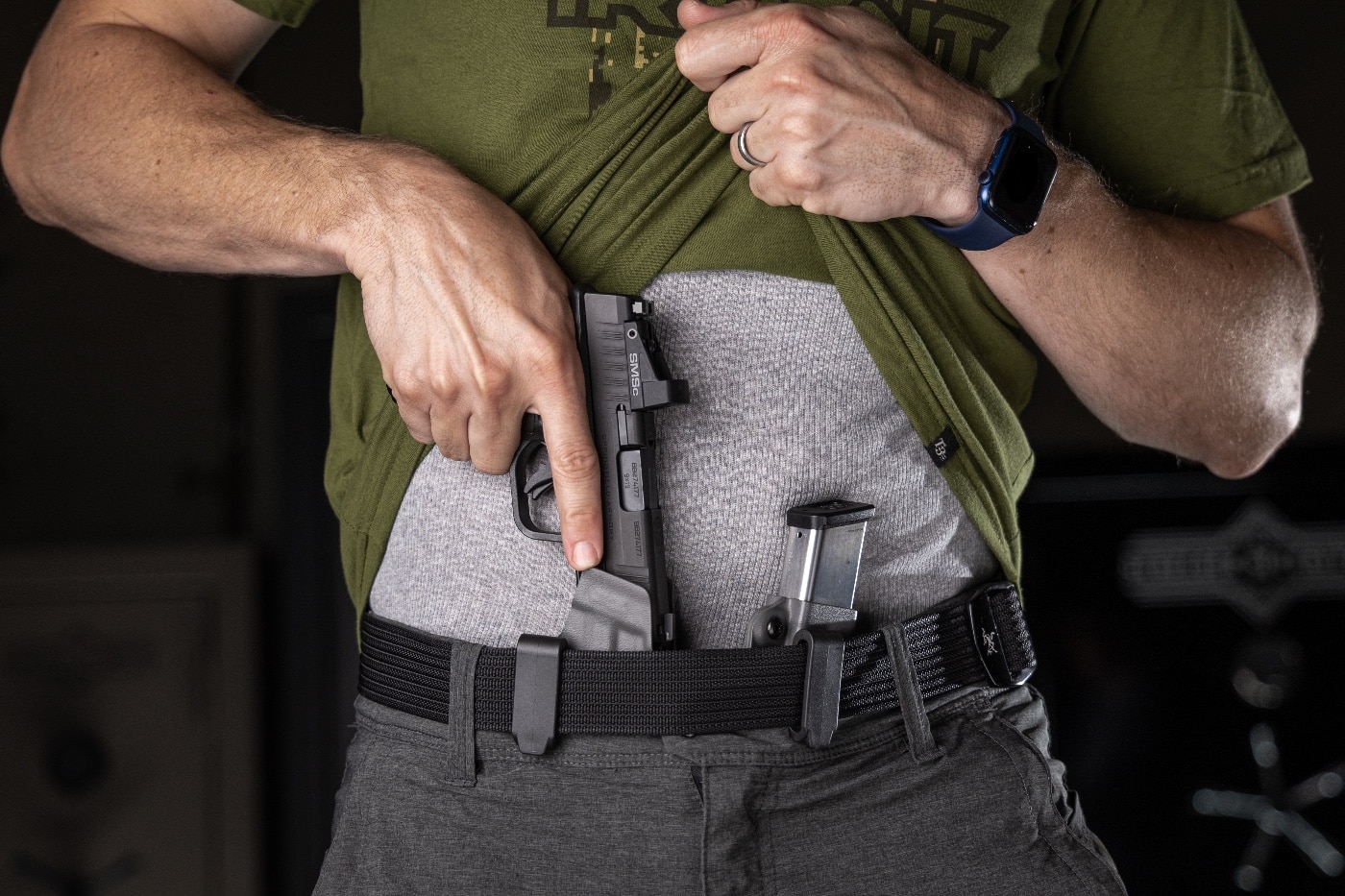
All too often, new users select a large, service pistol for concealed carry only to quickly discover it’s a bit too heavy for all day carry and tough to conceal. In the end, they leave it home or stash it in the glove box of their vehicle where it will do them no good.
At the other extreme, small pocket pistols are a snap to carry and are easily concealed, but can be tough to shoot to a high standard. For personal defense, you want a pistol where you can be at your best.
While there may not be an ideal pistol for first-time users, I feel the polymer-frame, striker-fired pistols offer a wide range of possibilities and represent a good starting point for consideration. They are not especially heavy, typically have a decent set of sights, and feature a user-friendly trigger action. Depending on your application, pistols ranging from micro-compacts to full-size service pistols are out there for the taking.
No matter what sort of pistol you end up choosing, it needs to fit the hand, not be abusive, and allow you to train in comfort. And yes, you do need to train. Unfortunately, a great many buyers feel the fact that they now have a pistol they are safe. But you must go out and run it hard and hopefully take in some professional instruction. The end result is confidence that, in the worst-case scenario, you have the skills, gear and mindset to come out on top.
Editor’s Note: Please be sure to check out The Armory Life Forum, where you can comment about our daily articles, as well as just talk guns and gear. Click the “Go To Forum Thread” link below to jump in and discuss this article and much more!
Join the Discussion
Featured in this article
Continue Reading
Did you enjoy this article?

 459
459




